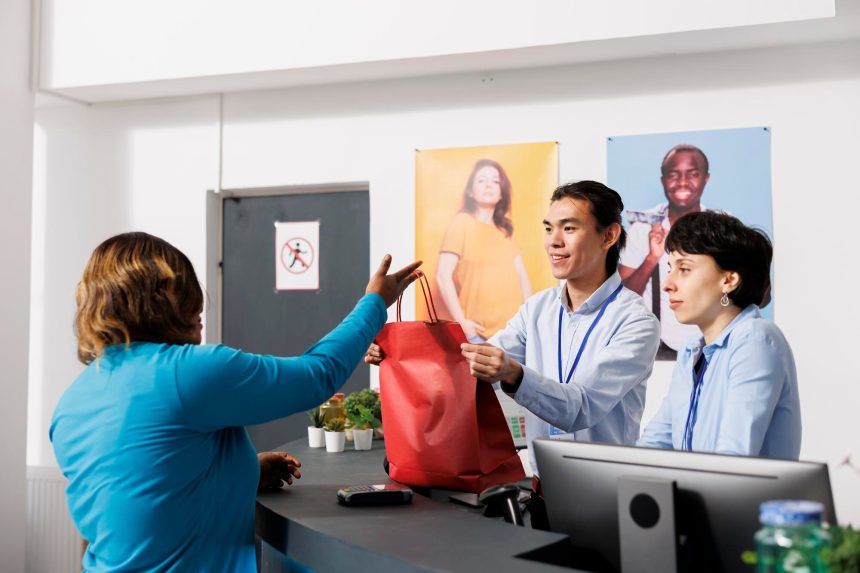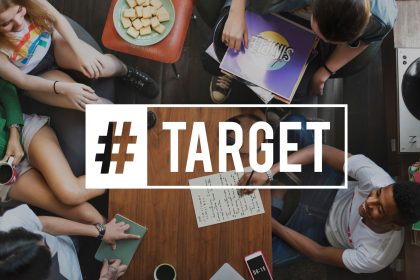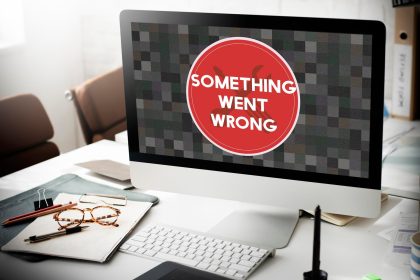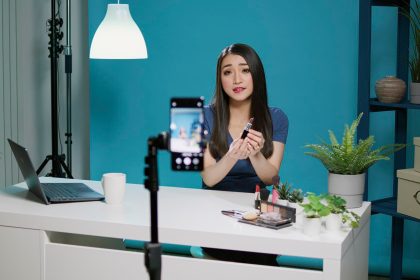In today’s world, digital marketing is a big deal for businesses. But one part stands out if you want people close to you to find your business: nearby visibility. This means making sure your business shows up online when people nearby search for what you offer. Think of it like a bright sign outside your shop—but online! Whether you run a coffee shop, a gym, or a small store, nearby visibility can help local customers find you easily. In this article, we’ll explain what nearby visibility is, why it matters, and how you can make it work for your business using simple steps and real facts.
What Is Nearby Visibility?
Nearby visibility is about how easy it is for people in your area to find your business online. When someone nearby searches on Google like “coffee near me” or “gym in [your city],” you want your business to pop up at the top. It’s part of local digital marketing, which focuses on reaching customers close to your physical location.
Why does this matter? People love convenience. A study found that 76% of people who search for something nearby on their phones visit a business within a day (Think with Google, 2019, as cited in Responsify, 2021). That’s a big deal! If your business isn’t visible to these local searchers, you’re missing out on customers ready to stop by.
Why Nearby Visibility Is a Game-Changer
Let’s break down why nearby visibility is so important. First, more people use their phones to find things close by. In 2023, mobile devices accounted for 58.67% of global web traffic (Statista, 2023), and this trend continues to grow. That means most people searching for businesses are doing it on the go. If your business isn’t easy to find on their phones, someone else will grab their attention.
Second, local searches lead to action. About 28% of local searches result in a purchase (WordStream, 2023). People aren’t just browsing—they’re ready to buy. For small businesses, this is a golden opportunity. Imagine someone searching “pizza near me” and picking your place because you showed up first online. That’s nearby visibility working for you.
Finally, Google prioritizes local results. Since 2019, Google has used mobile-first indexing, meaning it ranks the mobile version of your website first (Google Search Central, 2019). If your site works well on phones and includes local info, you’re more likely to rank higher in searches. Nearby visibility isn’t just nice—it’s essential.
How to Boost Your Nearby Visibility
Now that you know why it matters, here’s how to make it happen with simple, practical steps.
1. Claim Your Google Business Profile
Start by setting up a Google Business Profile. It’s free and easy. Add your address, phone number, hours, and photos. Businesses with complete profiles are twice as likely to be trusted by customers (BrightLocal, 2022). It also helps Google know where you are, so you show up in local searches and on Google Maps.
2. Use Local Keywords
Keywords are what people type into Google. For nearby visibility, use local keywords like “hair salon in [your city]” instead of just “hair salon.” Organic search drives 53% of website traffic (BrightEdge, 2019, as cited in Responsify, 2021). Add these words to your website, blog posts, and social media. Tools like Google Keyword Planner can help you find the best ones.
3. Make Your Website Mobile-Friendly
Since most searches happen on phones, your website must work well on mobile. Google found that 61% of users won’t return to a site if it’s not mobile-friendly (Google, 2019). Check your site on your phone—does it load fast? Is it easy to read? A mobile-friendly site boosts your ranking and keeps customers happy.
4. Get Reviews from Happy Customers
Reviews are huge for nearby visibility. Positive reviews on your Google Business Profile tell Google your business is legit. Data shows businesses with reviews rank higher in local search results (Moz, 2023). Ask happy customers to leave a quick review—it’s fast and makes a big difference.
5. Post on Social Media with Local Vibes
Social media isn’t just for fun—it’s a visibility tool. With 4.9 billion social media users worldwide (DataReportal, 2023), many are in your area. Share posts about local events, tag your location, or use hashtags like #[YourCity]. A café could post, “Sunny day in [City]? Grab coffee here!” This gets local eyes on you.
6. Try Local Ads
If you have a budget, pay-per-click (PPC) ads can boost visibility fast. With Google Ads, target people searching near your location. PPC delivers a 200% return on investment—$2 for every $1 spent (WordStream, 2023). It’s a quick way to hit the top of search results.
7. Team Up with Local Partners
Partner with nearby businesses to spread the word. A gym could team up with a health food store for a discount deal. This builds trust and boosts local visibility without much cost.
Tools to Track Nearby Visibility
Don’t guess—use tools to check your progress:
- Google Analytics: See how many local visitors hit your site.
- Ahrefs: Track your rankings for local keywords.
- Moz Local: Monitor your local search performance.
These tools show what’s working and where to improve.
Real-Life Example
Take “Sweet Treats,” a Denver bakery. They set up their Google Business Profile with photos and their address, used “Denver bakery” on their site, and made it mobile-friendly. They got 20 five-star reviews, posted about a local food fest with #DenverEats, and ran a small Google Ads campaign for “bakery near me.” In a month, their traffic rose 30%, and more customers walked in saying, “I found you online!” That’s nearby visibility in action.
Challenges and Solutions
Competition is tough—many businesses want that top spot. Stand out with fresh, unique info. Time can be an issue, but start small with one step, like your Google profile. Cost worries? Reviews and social media are free!
The Future of Nearby Visibility
Looking ahead, AI tools will help find better keywords, and voice search like “Siri, find a barber near me” will grow (Gartner, 2023). The basics here will still work—just keep adapting.
Wrap-Up
Nearby visibility connects you with local customers ready to buy. With 97% of people checking businesses online before visiting (BrightLocal, 2022), you can’t skip this. Start today—claim your Google profile—and watch local love roll in!
References
BrightLocal. (2022). Local consumer review survey 2022. https://www.brightlocal.com/research/local-consumer-review-survey/
DataReportal. (2023). Digital 2023: Global overview report. https://datareportal.com/reports/digital-2023-global-overview-report
Gartner. (2023). Top strategic technology trends for 2023. https://www.gartner.com
Google. (2019). Mobile-first indexing best practices. Google Search Central. https://developers.google.com/search/docs/advanced/mobile/mobile-first-indexing
Moz. (2023). Local search ranking factors 2023. https://moz.com/local-search-ranking-factors
Responsify. (2021). Digital marketing statistics 2025 – Don’t miss these updates! https://www.responsify.com
Statista. (2023). Mobile internet traffic as percentage of total web traffic. https://www.statista.com/statistics/277125/share-of-website-traffic-coming-from-mobile-devices/
WordStream. (2023). 180+ powerful digital marketing statistics for 2023. https://www.wordstream.com
















